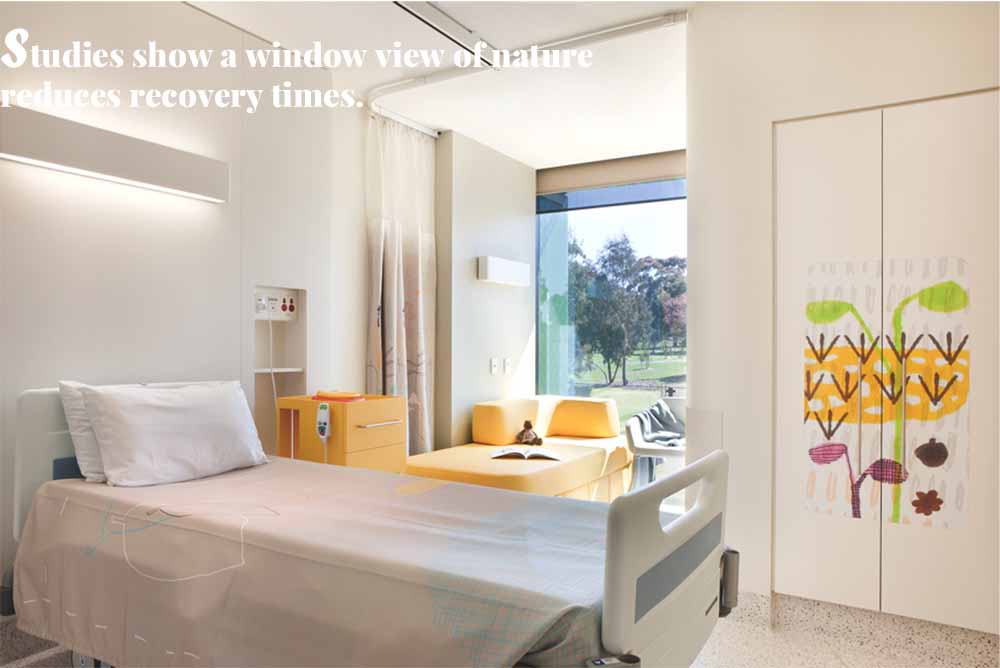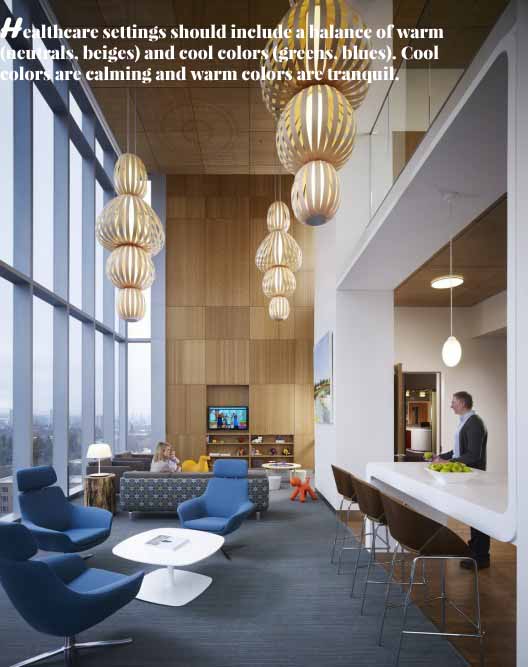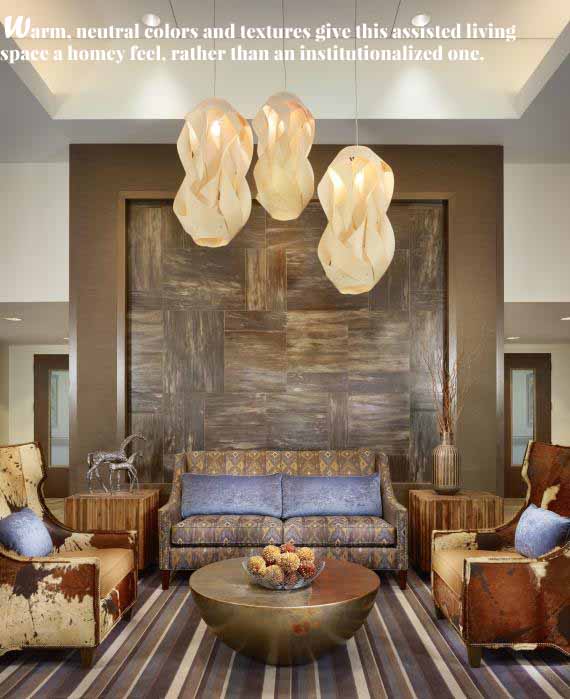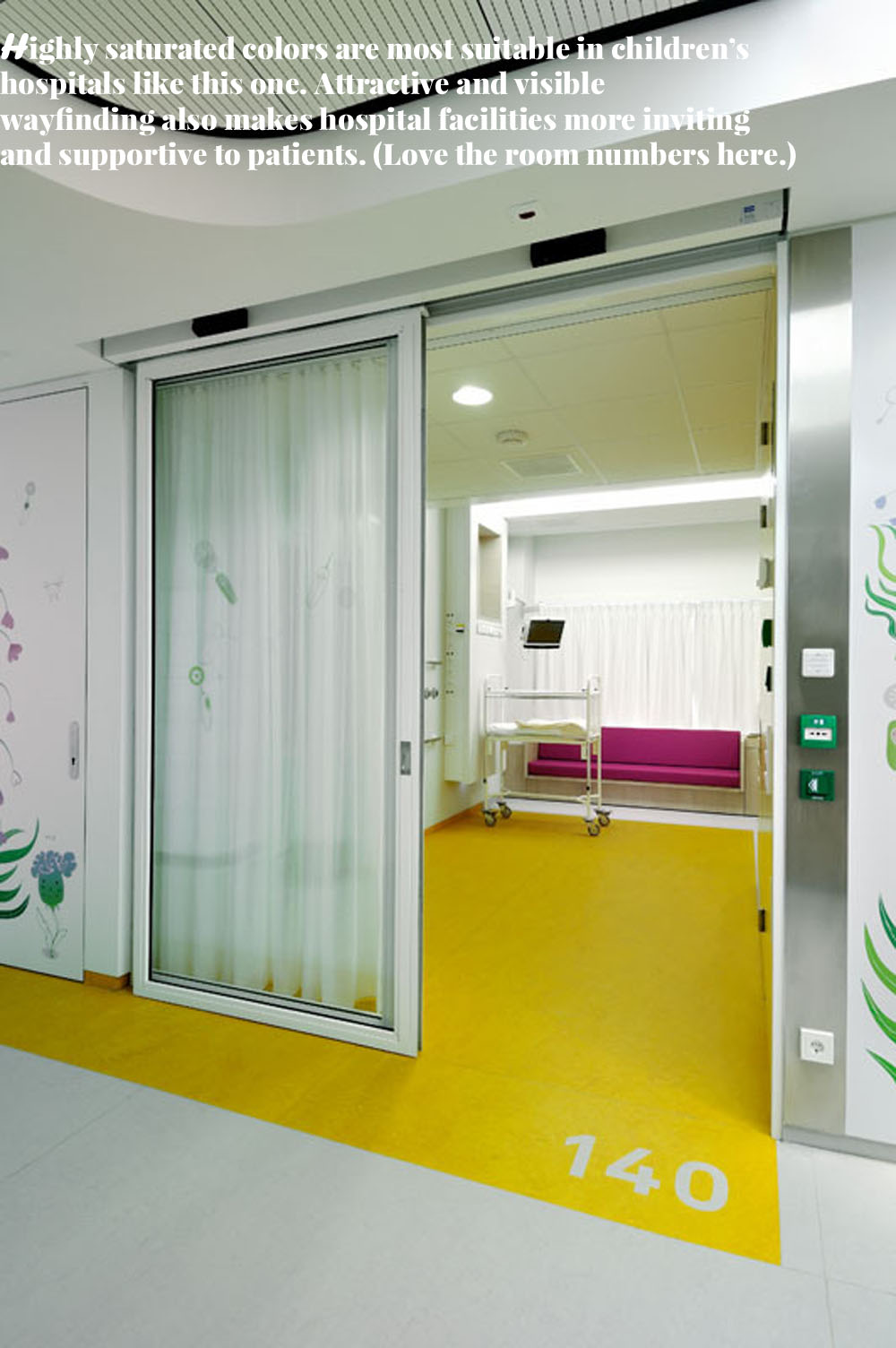Creating Healing Spaces
Some months back I participated in an online workshop Healing by Design Psychology, with environmental psychologist, Toby Israel. If you don't know what design psychology is, you can read all about it here. But in a nut shell, it's a discipline that combines interior design with psychology to help people create spaces that they connect with on an emotional level. I love the cross-pollination of design and psychology (so much that I created a blog about it!), and as someone who has worked in a hospital setting, I see how useful design is to help create what Toby refers to as "spaces that sustain, inspire, and help us heal."
 Not a whole lot is known about the relationship between physical health and healing spaces, but research shows that the quality of the environment supports well-being. This probably doesn't come as a surprise as it isn't a stretch to see how a supportive and welcoming environment, one that makes people feel comfortable and uplifted, can lead to better physical health. You may have heard it referred to as the mind-body-spirit connection, and many with a strong faith and spiritual life have experienced healing that cannot be explained by science alone.
Not a whole lot is known about the relationship between physical health and healing spaces, but research shows that the quality of the environment supports well-being. This probably doesn't come as a surprise as it isn't a stretch to see how a supportive and welcoming environment, one that makes people feel comfortable and uplifted, can lead to better physical health. You may have heard it referred to as the mind-body-spirit connection, and many with a strong faith and spiritual life have experienced healing that cannot be explained by science alone.
 During the workshop, Toby talked about the keys to creating healing spaces in healthcare facilities including hospitals, nursing homes, and assisted living. Of utmost importance is designing elements that helps patients feel in control, and loved and supported. Patients should be engaged in the creative process (such as through focus groups) and elements should reflect an emphasis on the future and moving forward.
During the workshop, Toby talked about the keys to creating healing spaces in healthcare facilities including hospitals, nursing homes, and assisted living. Of utmost importance is designing elements that helps patients feel in control, and loved and supported. Patients should be engaged in the creative process (such as through focus groups) and elements should reflect an emphasis on the future and moving forward.
 There are many design psychology exercises that can be utilized to achieve healing spaces. I've mentioned some of them here, but you can read more about them in Toby's book, Some Place Like Home. She conducted one exercise with us during the workshop, a guided visualization exercise, and it goes something like this: write down a timeline of all the spaces you've been in from childhood until now. Which one did you enjoy the most-- the one that made you feel most comfortable and refreshed. Now close your eyes and visualize yourself in the space and the way you felt there. What words come to mind as you envision it. With eyes open, write down all the words that you thought of. Now pick your five favorite words and use them to write a sentence or two that describes your ideal healing oasis.
There are many design psychology exercises that can be utilized to achieve healing spaces. I've mentioned some of them here, but you can read more about them in Toby's book, Some Place Like Home. She conducted one exercise with us during the workshop, a guided visualization exercise, and it goes something like this: write down a timeline of all the spaces you've been in from childhood until now. Which one did you enjoy the most-- the one that made you feel most comfortable and refreshed. Now close your eyes and visualize yourself in the space and the way you felt there. What words come to mind as you envision it. With eyes open, write down all the words that you thought of. Now pick your five favorite words and use them to write a sentence or two that describes your ideal healing oasis.
 Not too hard, right? My five words were "inspirational," "bright," "refreshing," "greenery," and "liberated." And my idea healing oasis statement read as follows: it's a space that is refreshing and inspirational with bright colors, and a lot of references to greenery and nature. It's makes me feel safe, strong, and liberated.
Not too hard, right? My five words were "inspirational," "bright," "refreshing," "greenery," and "liberated." And my idea healing oasis statement read as follows: it's a space that is refreshing and inspirational with bright colors, and a lot of references to greenery and nature. It's makes me feel safe, strong, and liberated.
What words described your ideal healing oasis? Use it to create a room in your home, and let us know if it impacted your emotional connection to your space.
